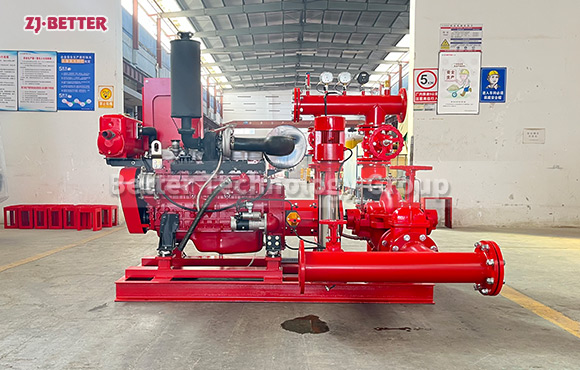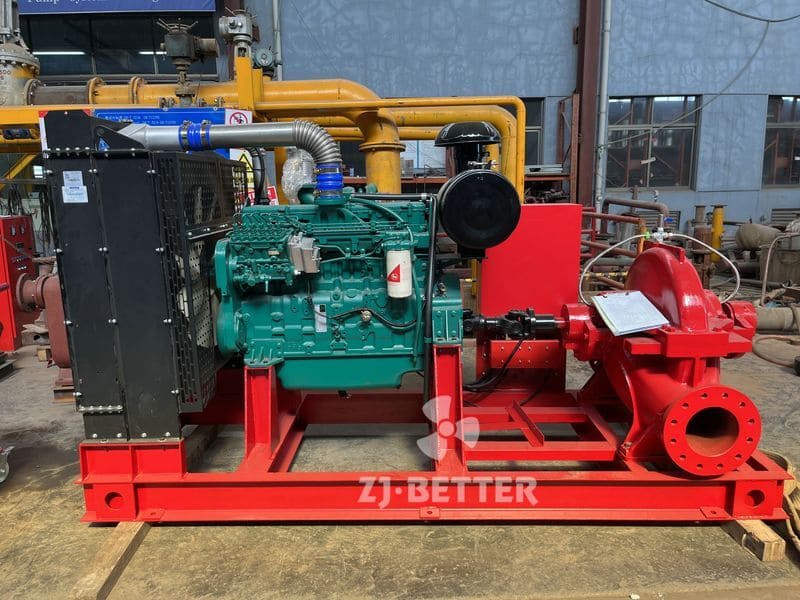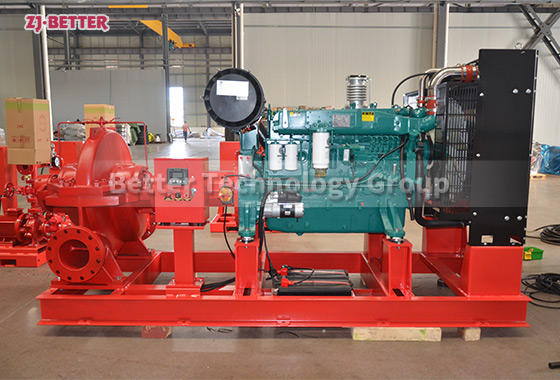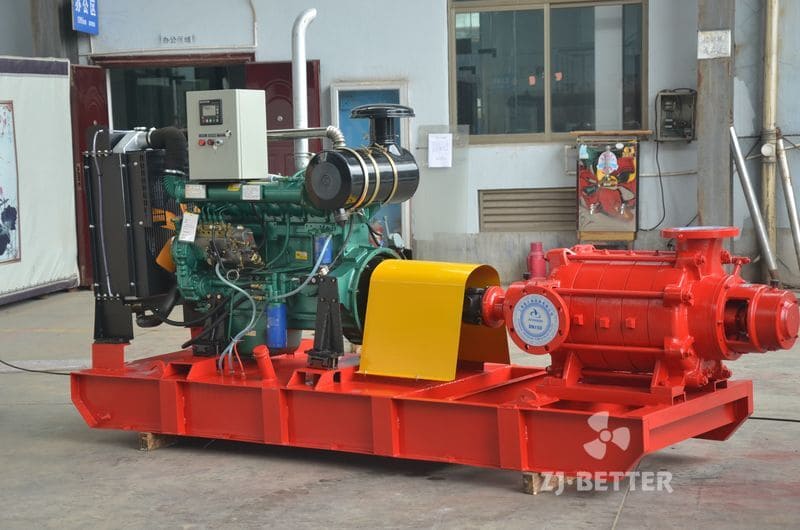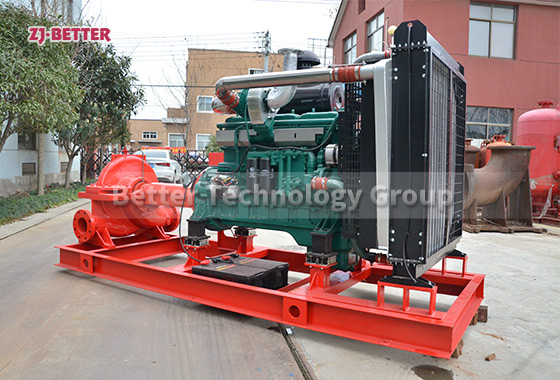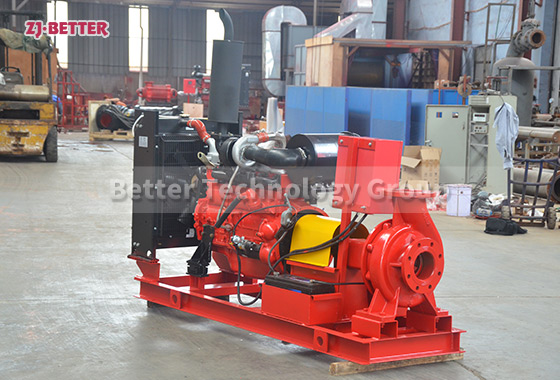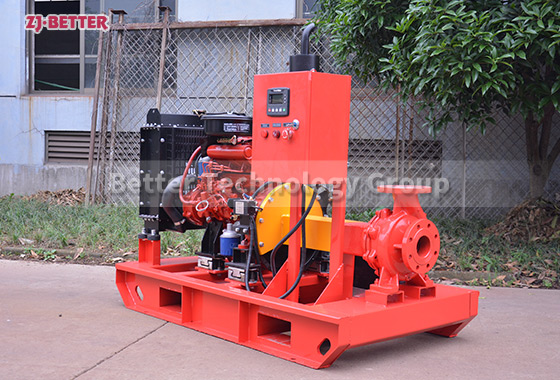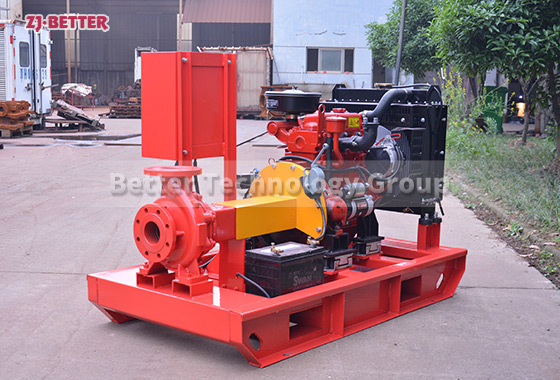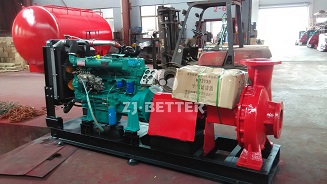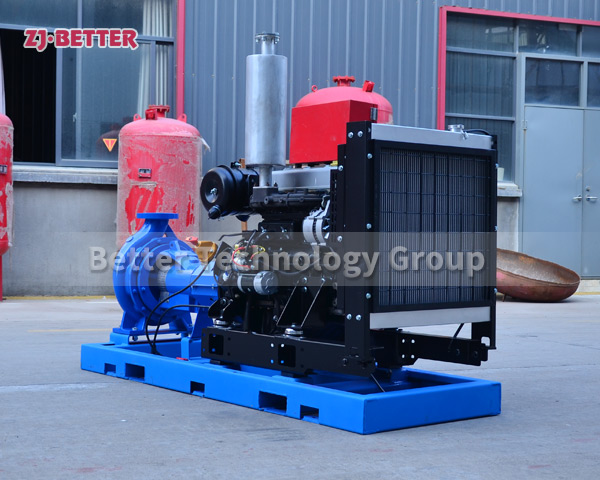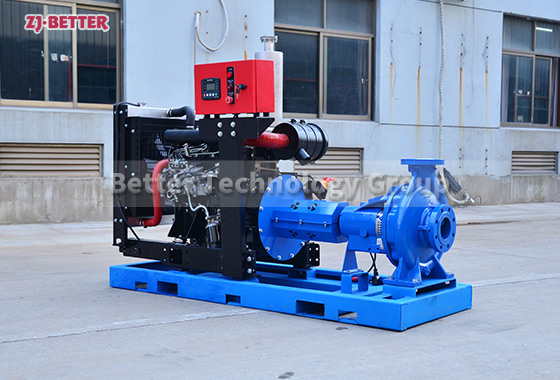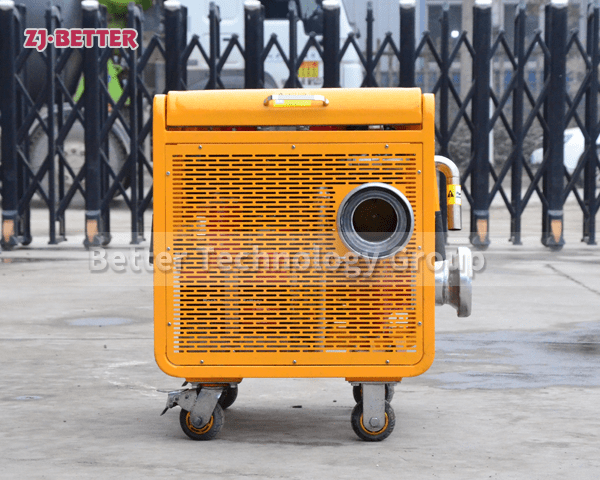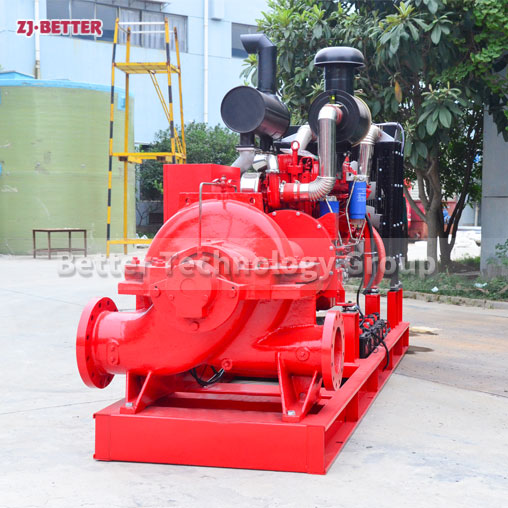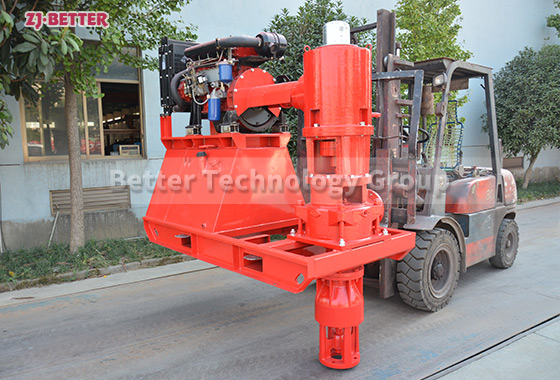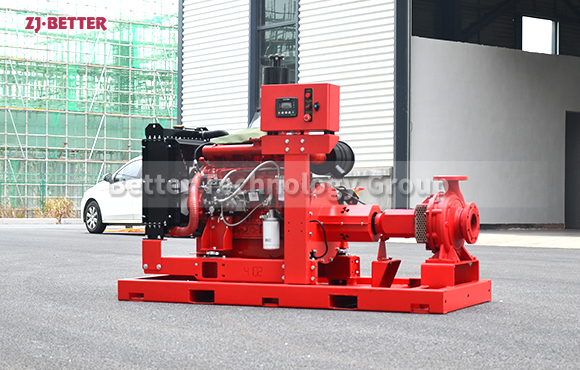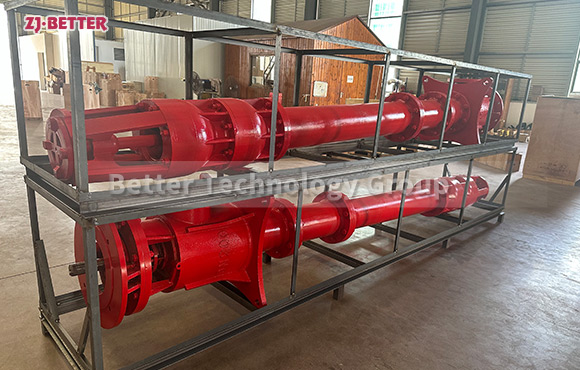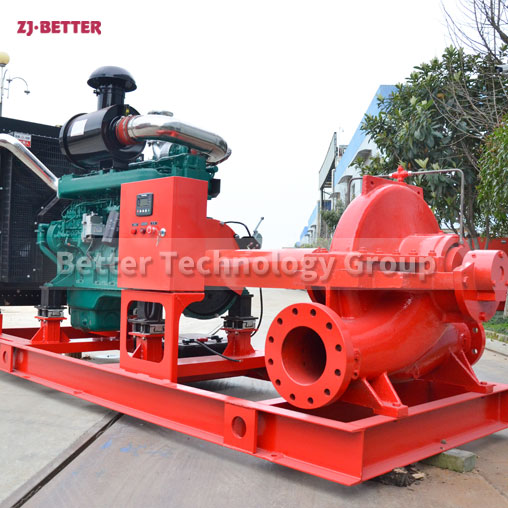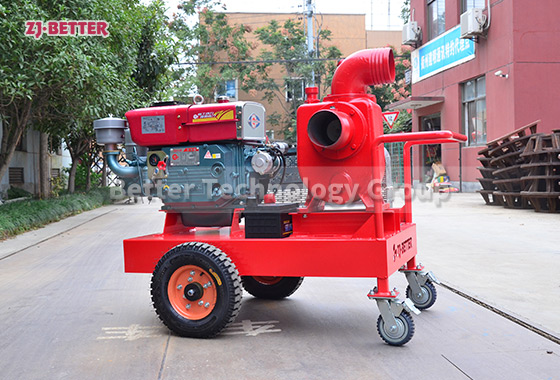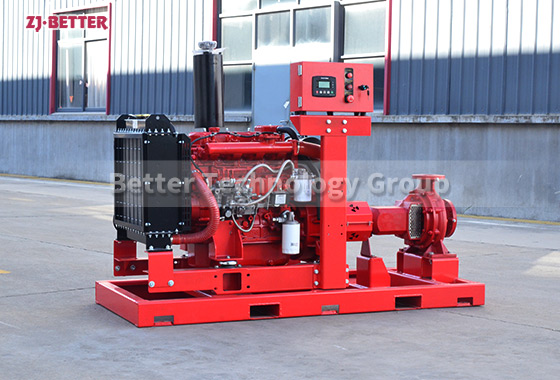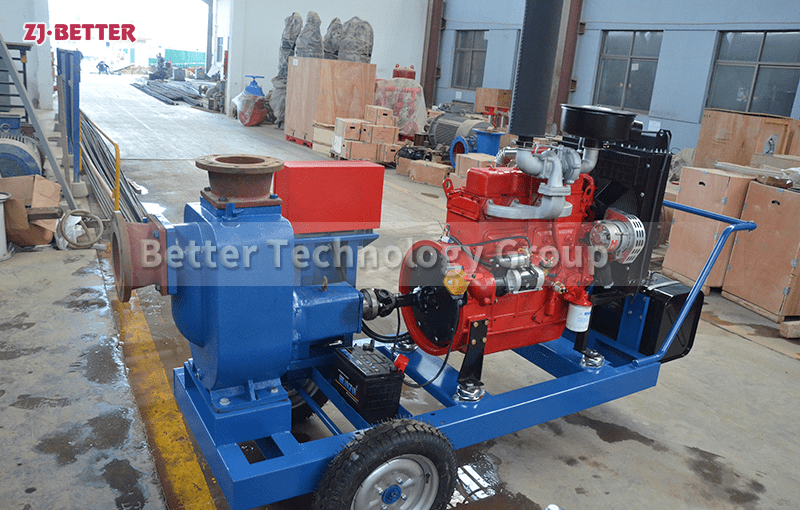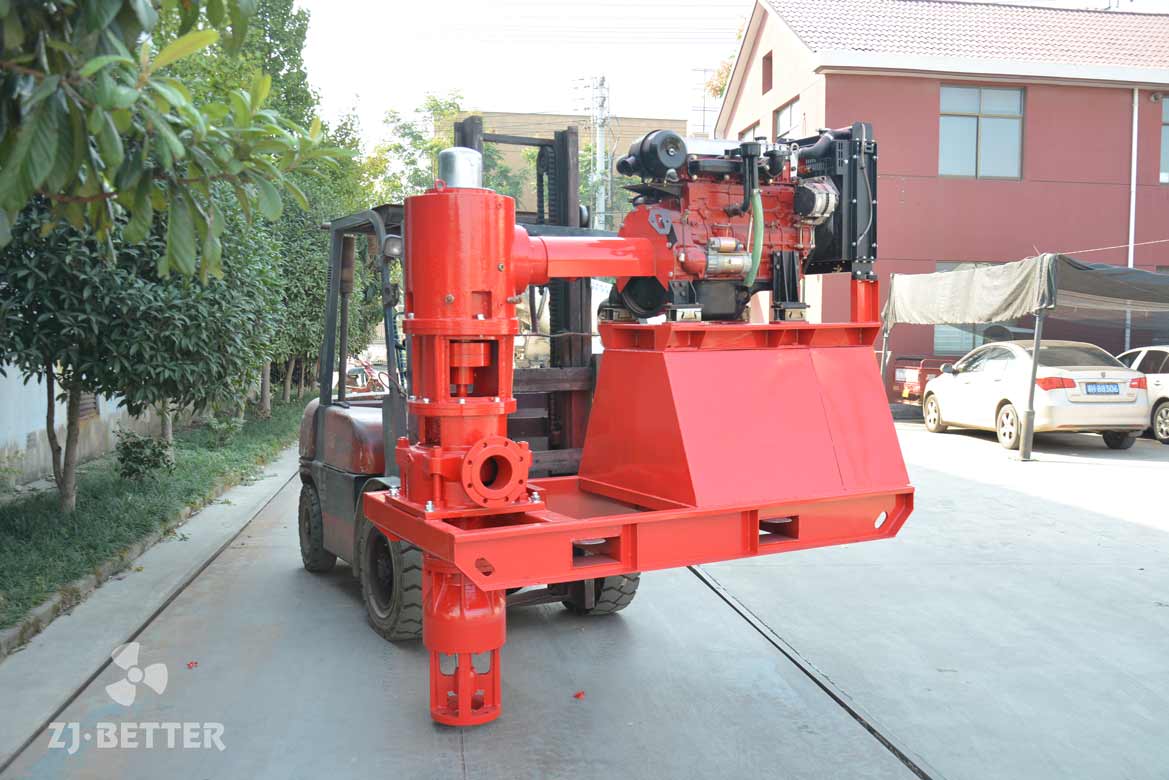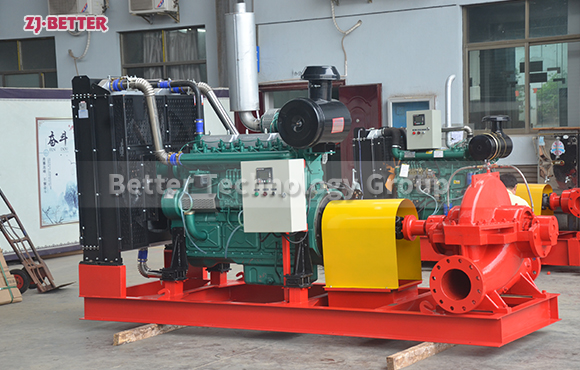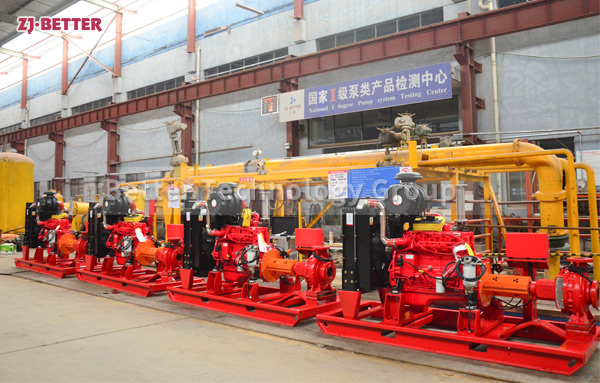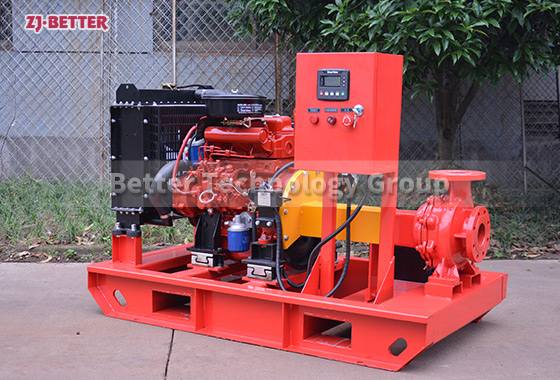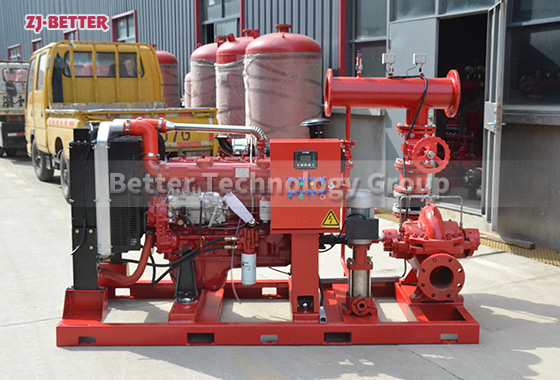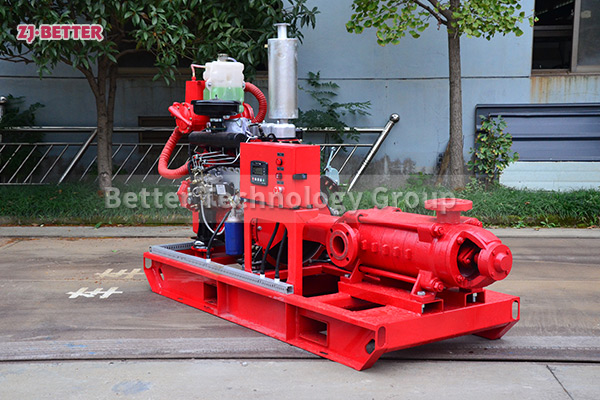Features of split case fire pump
S single stage double suction split case fire pumps are used to pump the clear water or other liquids with similar physical and chemical properties as clear water. The temperature of transported liquid shall not exceed 80. It is applicable for factory, mine, city water supply, power station, irrigation and drainage of farmland and various water conservancy projects.
1. Split case design permits easy dis-assembly, that is, inspection is simplified, it is not necessary to disturb pump alignment and suction & discharge piping when parts replacement is necessary.
2. Double suction with advanced design of suction performance ensures high suction lift even with large capacity.
3. Pump operation with low noise and stability, in use ensure comfortable environment. Variable combination of materials permit wide application.
4. Drive shaft end of the pump optionally on the left or right. Shaft seal uncooled soft- packed stuffing box or uncooled single acting unbalanced mechanical seal, etc.



